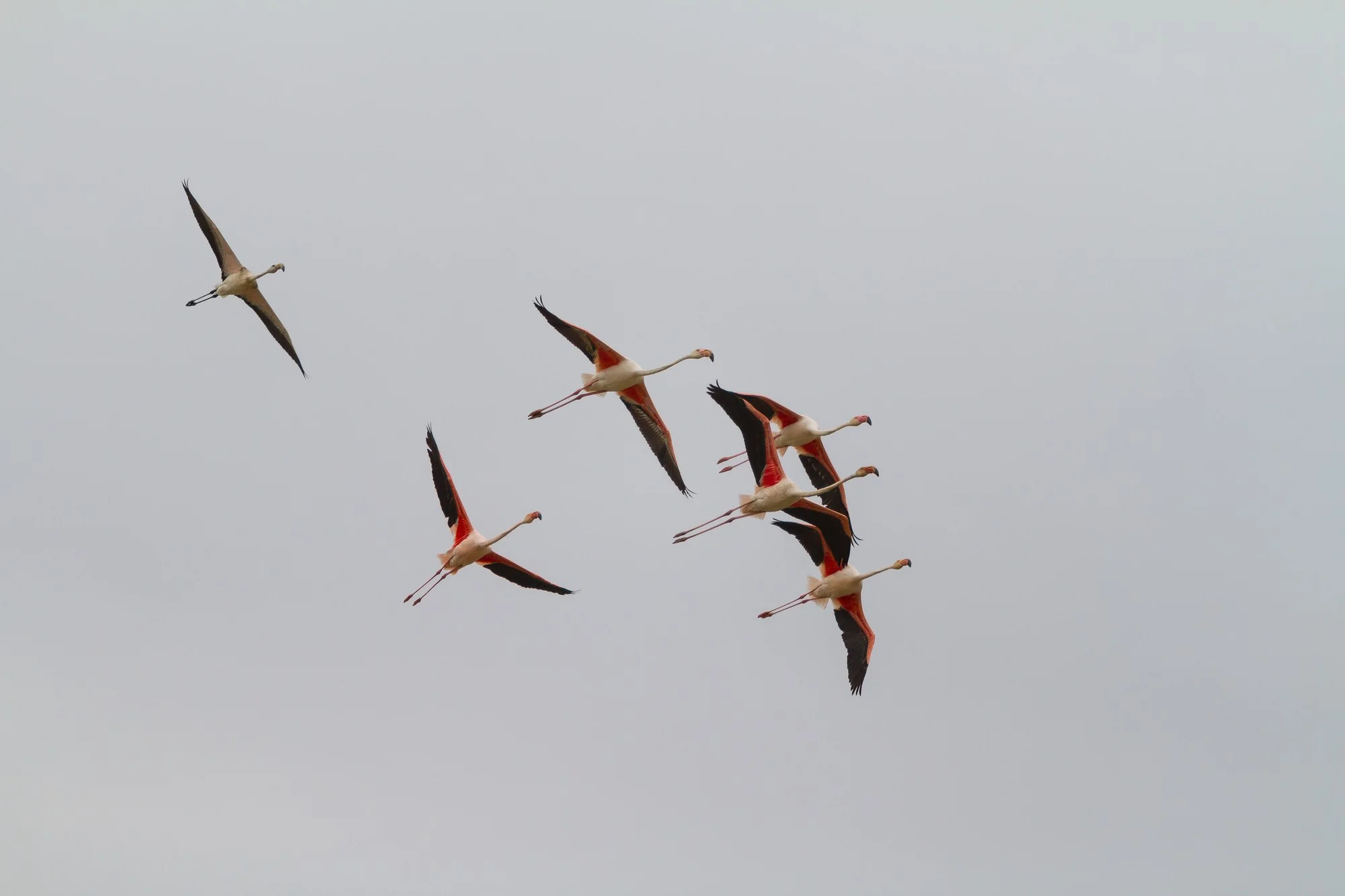Keywords
1. Bird flock dynamics
2. Collective behaviour in nature
3. Social relationships in animals
4. Jackdaw pair-bonds
5. Energy efficiency in flocking
The intricate dance of bird flocks in the sky has long fascinated scientists and laypeople alike, with undulating patterns and perfectly synchronized movements that seem to defy the complexities of individual decision-making. However, a seminal study published in Nature Ecology & Evolution has brought to light the nuanced interplay between the personal relationships of birds and their overall group dynamics. Not simply a by-product of instinct or neural automation, these aerial displays are profoundly shaped by social ties, akin to the bonds which make pair-bonding species such treasured spectacles.
Article DOI: [10.1038/s41559-019-0891-5]
The Social Fabric of Bird Flocks
For years, simulations and models of collective animal behaviour have treated individuals as identical units, void of personal connections and abiding by a standard set of rules. Recent research spearheaded by Ling Hangjian of Stanford University, alongside collaborators from the University of Exeter and Simon Fraser University, challenges this principle with groundbreaking revelations.
At the heart of their study are jackdaws, crow family members renowned for their intelligence and pair-bonding fidelity — relationships that can span the entirety of their lives. Through meticulous tracking of these birds’ three-dimensional trajectories within flocks, the researchers found that social structures within these groups are far from homogenous, being laced with discrete pairs bound by what might metaphorically be described as “spring-like” forces.
The Cost and Benefit Conundrum
Jackdaw flocks exhibited marked internal sub-structures attributable to these pair-bonds. Paired birds tend to interact with fewer neighbours than their unpaired counterparts. Through the lens of aerodynamics, these findings hint at the possibility of energy savings as these pairs flap their wings more leisurely.
However, the incorporation of social dynamics into flock behaviour is not without its trade-offs. Flocks with a greater number of paired birds demonstrated shorter correlation lengths, potentially hampering the transfer of vital information — such as predator presence or direction changes — across the group. This introduces a fundamental tension between the benefits accrued on an individual level against the efficiencies of the larger collective.
Empirical Data Meet Theoretical Models
A crucial aspect of this research was the seamless blending of empirical data with theoretical modeling. The investigators applied a generic self-propelled particle model, commonly used to understand collective behaviour, to predict changes in group properties. Remarkably, the model concurred with their observations, suggesting that such internal social structures in real-life flocks naturally emerge from straightforward interaction rules when augmented by social relationships.
Evolutionary and Cognitive Implications
This novel understanding of the costs and benefits of social relationships within collective motion carries substantial ramifications for bolstering our comprehension of animal cognition and evolutionary biology. It seems that selection pressures must navigate the delicate balance between individual well-being and group functionality. Furthermore, it sheds light on how cognitive mechanisms managing social interaction may have evolved to support such dual optimization.
Flocking to the Future
Looking ahead, this research opens avenues for further exploration into the depth and breadth of social relationship impacts on collective animal behaviours beyond the avian world. It stands as a testament to the complex layers of animal societies and the evolutionary intricacies inherent in these systems.
Citations and References
1. Hangjian, L., Mclvor, G. E., van der Vaart, K., Vaughan, R. T., Thornton, A., & Ouellette, N. T. (2019). Costs and benefits of social relationships in the collective motion of bird flocks. Nature Ecology & Evolution, 3(6), 943–948. DOI: 10.1038/s41559-019-0891-5.
2. Couzin, I. D., Krause, J., Franks, N. R., & Levin, S. A. (2005). Effective leadership and decision-making in animal groups on the move. Nature, 433(7025), 513–516. DOI: 10.1038/nature03236.
3. Strandburg-Peshkin, A., Farine, D. R., Couzin, I. D., & Crofoot, M. C. (2015). Shared decision-making drives collective movement in wild baboons. Science, 348(6241), 1358–1361. DOI: 10.1126/science.aaa5099.
4. Ballerini, M., Cabibbo, N., Candelier, R., Cavagna, A., Cisbani, E., Giardina, I., Lecomte, V., Orlandi, A., Parisi, G., Procaccini, A., Viale, M., Zdravkovic, V. (2008). Interaction ruling animal collective behavior depends on topological rather than metric distance: Evidence from a field study. Proceedings of the National Academy of Sciences, 105(4), 1232–1237. DOI: 10.1073/pnas.0711437105.
5. King, A. J., & Cowlishaw, G. (2007). When to use social information: The advantage of large group size in individual decision making. Biology Letters, 3(2), 137–139. DOI: 10.1098/rsbl.2007.0008.
This compelling research provides a deeper comprehension of the symbiotic relationship between individual interactions and group dynamics within the natural world. As we continue to unlock the secrets of collective behaviour, it’s essential to remember the profound impact of social bonds on not just a flock’s flight but on their very evolution and survival.
